Can we talk about stone veneer?
ILoveRed
9 years ago
Featured Answer
Comments (60)
allison0704
9 years agocaben15
9 years agoRelated Professionals
Anchorage Architects & Building Designers · Holtsville Architects & Building Designers · Lexington Architects & Building Designers · Oak Hills Design-Build Firms · Montebello Home Builders · Puyallup Home Builders · South Hill Home Builders · Yorkville Home Builders · Browns Mills General Contractors · Dothan General Contractors · Easley General Contractors · Miami Gardens General Contractors · Roselle General Contractors · Sulphur General Contractors · Waxahachie General ContractorsAnnie Deighnaugh
9 years agoanitaladyrose
9 years agomissingtheobvious
9 years agogalore2112
9 years agoallora
9 years agogalore2112
9 years agogalore2112
9 years agoallora
9 years agoILoveRed
9 years agomusicgal
9 years agomusicgal
9 years agoallison0704
9 years agoallora
9 years agomissingtheobvious
9 years agoAnnie Deighnaugh
9 years agoanitaladyrose
9 years agoAnnie Deighnaugh
9 years agoMichelle
9 years agoredheadeddaughter
9 years agoOaktown
9 years agomattypies
9 years agoMichelle
9 years agoniteshadepromises
9 years agoswathi673
9 years agoSaracino Industries Inc. Stone Sales
8 years agoSaracino Industries Inc. Stone Sales
8 years agoILoveRed
8 years agoILoveRed
8 years agoSaracino Industries Inc. Stone Sales
8 years agoSaracino Industries Inc. Stone Sales
8 years agoMissi Smith Design Co.
8 years agoStephanie Flick
5 years agoILoveRed
5 years agoStephanie Flick
5 years agoBT
5 years agolast modified: 5 years agoUser
5 years agoStephanie Flick
5 years agoSpringtime Builders
5 years agoUser
5 years agoAnnie Deighnaugh
5 years agoUser
5 years agolast modified: 5 years agoStephanie Flick
5 years agoStephanie Flick
3 years agoStephanie Flick
3 years agoK_ Dub
2 years ago
Related Stories
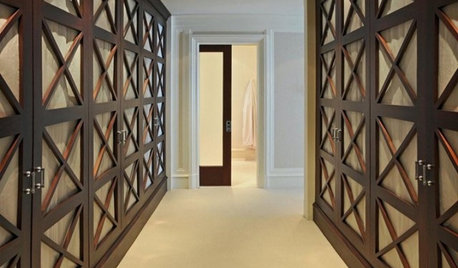
DECORATING GUIDESExpert Talk: Designers Open Up About Closet Doors
Closet doors are often an afterthought, but these pros show how they can enrich a home's interior design
Full Story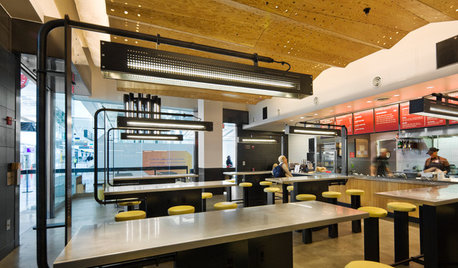
HOME TECHWhat Chipotle and Radiohead Can Teach Us About Sound Quality at Home
Contemporary designs filled with glass and concrete can be hostile environments for great sound quality. Here's how to fix that
Full Story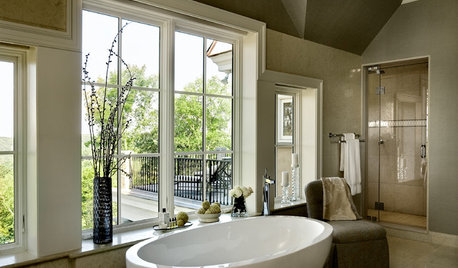
BATHROOM DESIGNExpert Talk: Freestanding Bathtubs Make a Splash
Professional designers explain why they chose freestanding tubs and how the style can enhance the design of any bathroom
Full Story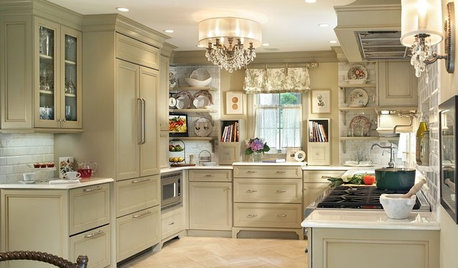
KITCHEN DESIGNExpert Talk: 10 Reasons to Hang a Chandelier in the Kitchen
Unexpected? Sure. Incongruent? Not at all. Professional designers explain why a chandelier can work in kitchens from traditional to modern
Full Story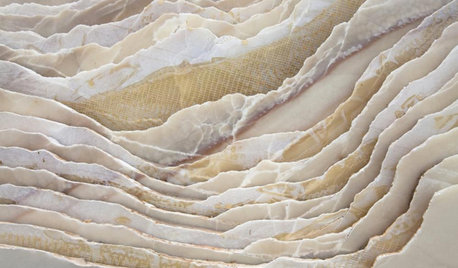
WORLD OF DESIGN8 Things You Didn’t Know About Italian Marble
How did the ancients extract marble? What makes it white or colored? We unearth fascinating facts about this luxurious stone
Full Story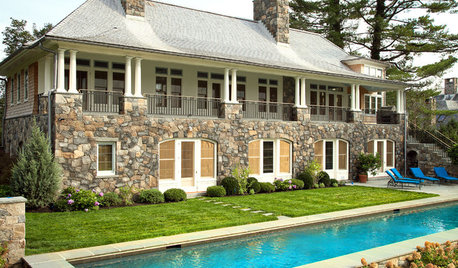
REMODELING GUIDESStone Shows Massive Potential for Homes
Wait, did we say 'massive'? Scratch that. With paper-thin veneers and wide color variety, stone has left the bulk of the past behind
Full Story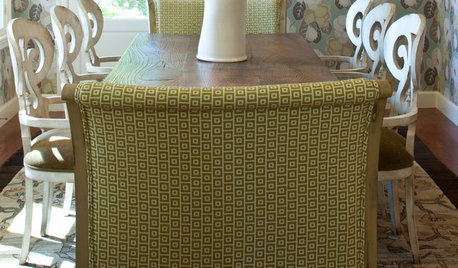
DINING ROOMSExpert Talk: Treat the Eyes to Dining Room Wallpaper
For a visual feast and plentiful servings of style in the dining room, pro designers show how wallpaper fits the bill
Full Story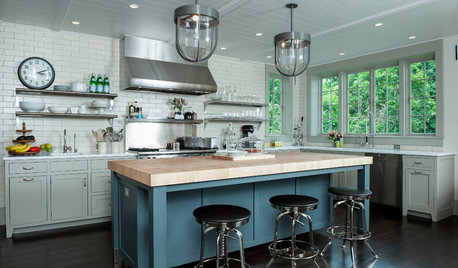
KITCHEN DESIGNExpert Talk: Design Lessons From 9 Stunning Kitchens
Architects share a behind-the-scenes look at the design decisions for some of their most interesting kitchen projects
Full Story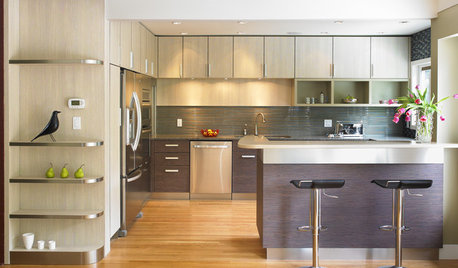
KITCHEN DESIGNExpert Talk: 12 Ways to Get a Designer-Kitchen Look
Professional designer Ines Hanl reveals her thought processes on select kitchen remodels
Full Story
REMODELING GUIDESHave a Design Dilemma? Talk Amongst Yourselves
Solve challenges by getting feedback from Houzz’s community of design lovers and professionals. Here’s how
Full Story





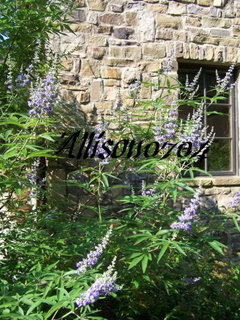

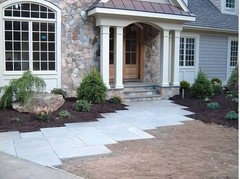

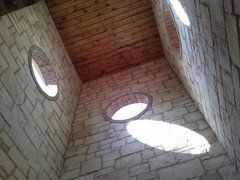
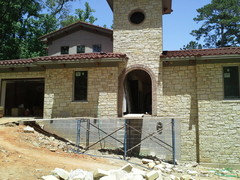


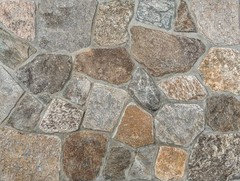
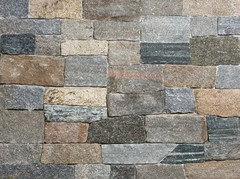
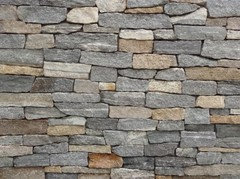
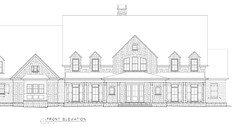
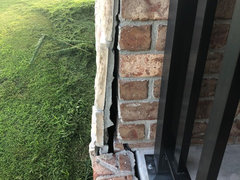
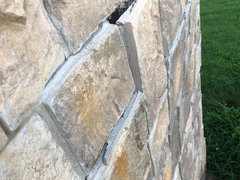

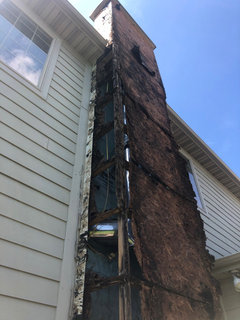
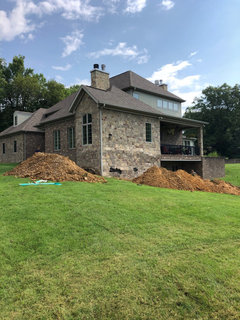
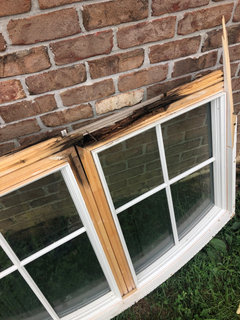
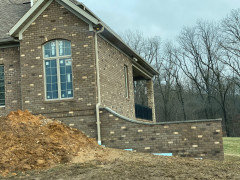

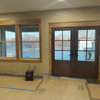


Mini Soda